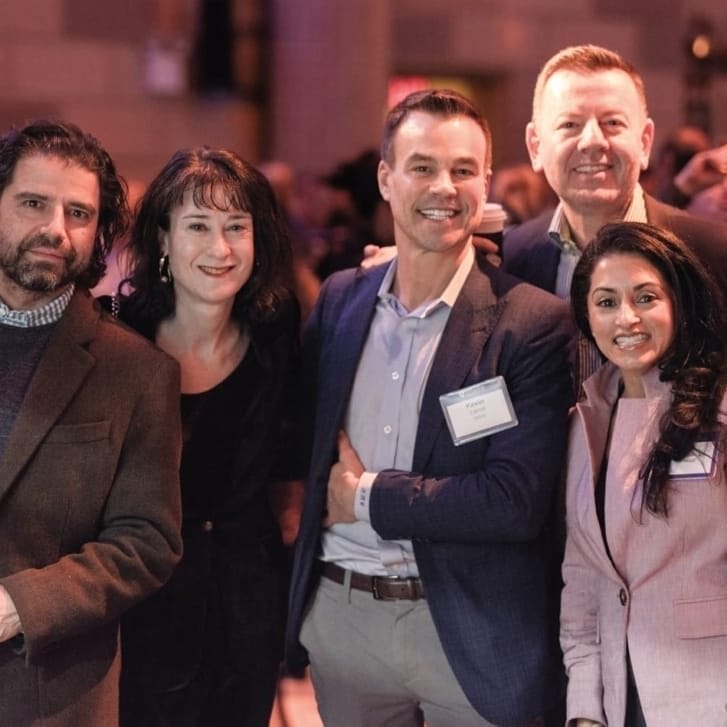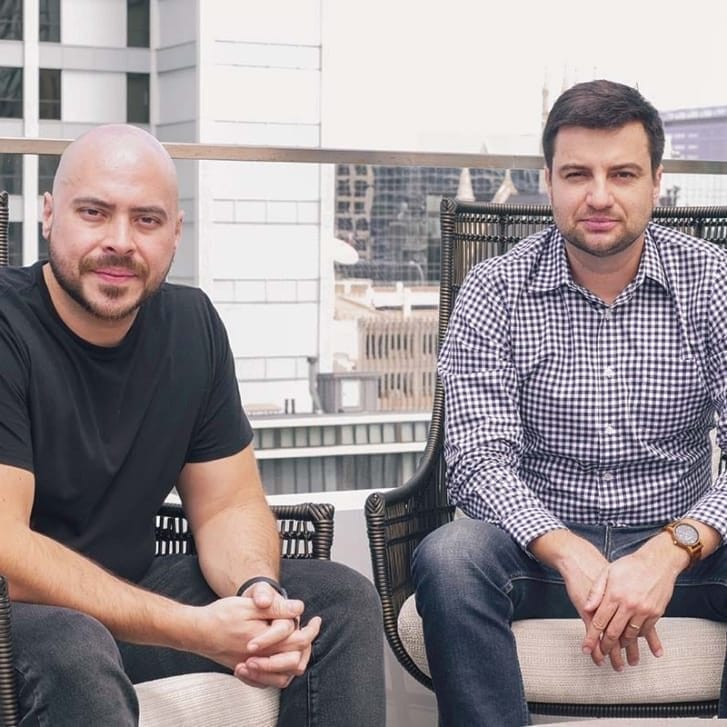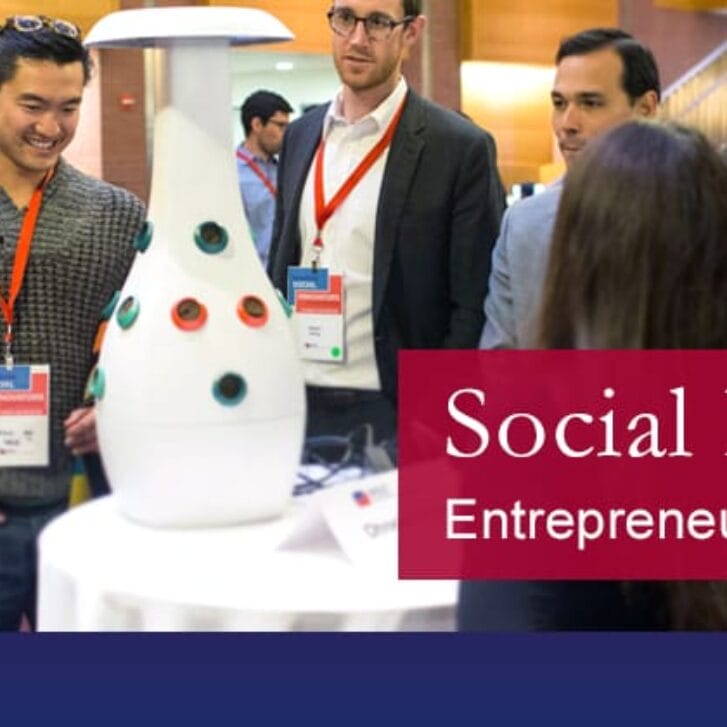More students are engaging in impact entrepreneurship than ever before. Today’s young entrepreneurs believe in applying business solutions to the world’s toughest problems, and they’re putting their Penn-developed skills to use in starting and scaling enterprises that work toward solutions. As part of the Wharton Social Impact Initiative’s Impact Entrepreneurship Week, guest authors shared their perspectives on the entrepreneurship ecosystem, and highlighted some of the key lessons aspiring impact entrepreneurs must address. Stephanie Kim, WSII Associate Director, Community Strategy, discusses the importance of focusing on the impact of your social entrepreneurship ventures. Read the rest of the impact entrepreneurship week series in the WSII blog archive.
When I sit down with an entrepreneur, the first question I ask is “What is the impact story you’re trying to tell?” Many people want to get involved with entrepreneurship these days—especially social entrepreneurship—and that’s great. But a focus on the process of social entrepreneurship can eclipse understanding of the impact of social entrepreneurship.
Social entrepreneurship inherently entails a double- or triple-bottom line approach, so your theory of change must make as much sense as your business and financial models. Social entrepreneurs should consider their theory of change–a kind of business model to explain how what you do will yield the results that you want. Many of the most effective mission-driven nonprofits take the time to specify their theory of change. There is great merit to bringing that methodology across to for-profit impact strategies.
A logic model maps your basic inputs, activities, outputs, short-term outcomes, and long-term impact and can be used to validate your impact strategy as well as reveal logical holes. It sharpens your understanding of the social issues you are trying to solve, helps you allocate resources appropriately, and allows you to measure causal versus correlated impacts. On a logic model, one can easily see that selling a great pair of glasses will not eliminate poverty. It might, however, provide funding for a free pair of glasses that can empower a vision-impaired individual to learn, work, and be a more productive member of society.
At WSII, we’re most interested in the approaches where the social and environmental impact feeds your bottom line, and vice versa. Look for that archetype in your impact story, and be ready to present it upon request at your next business plan pitch competition. Judges from the impact field will ask.
Editor’s note: This article was originally published as part of WSII’s Impact Entrepreneurship Week.


























